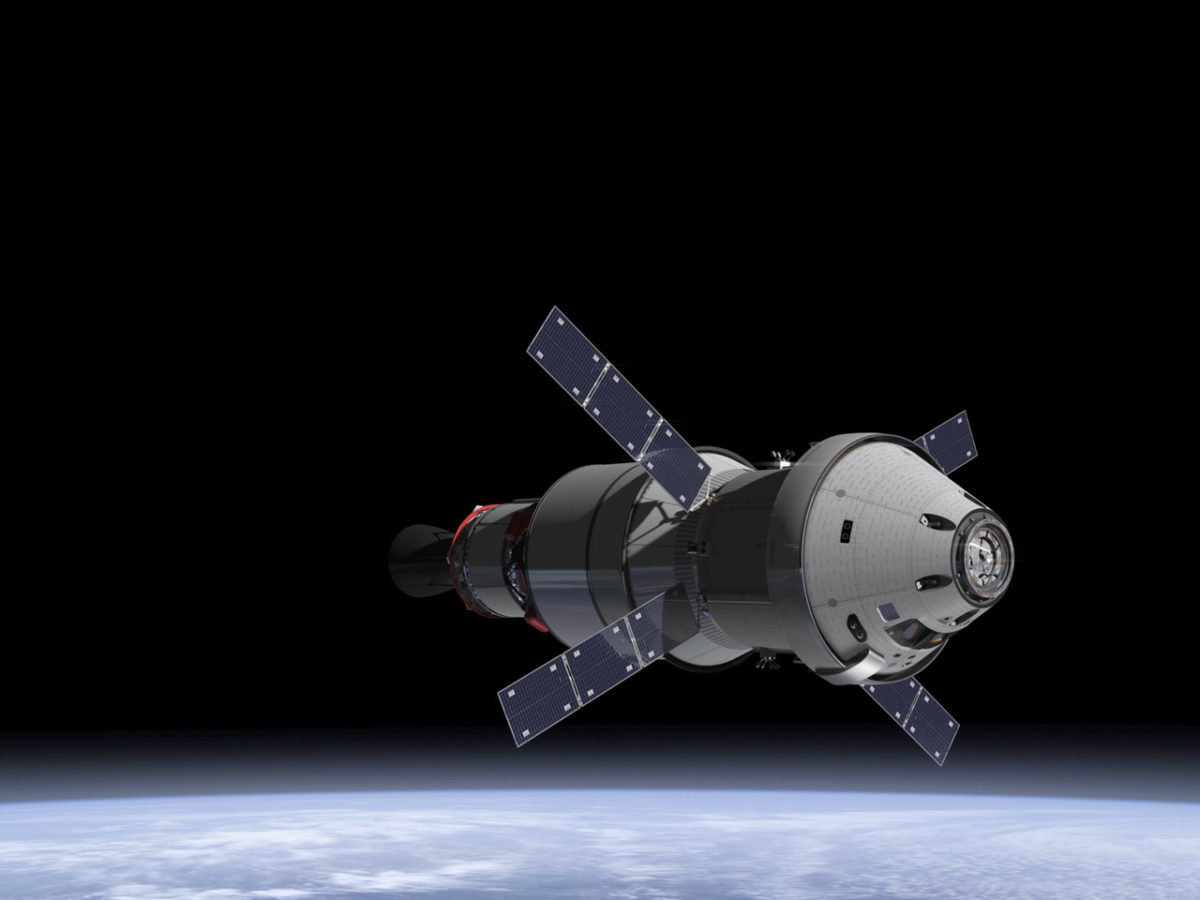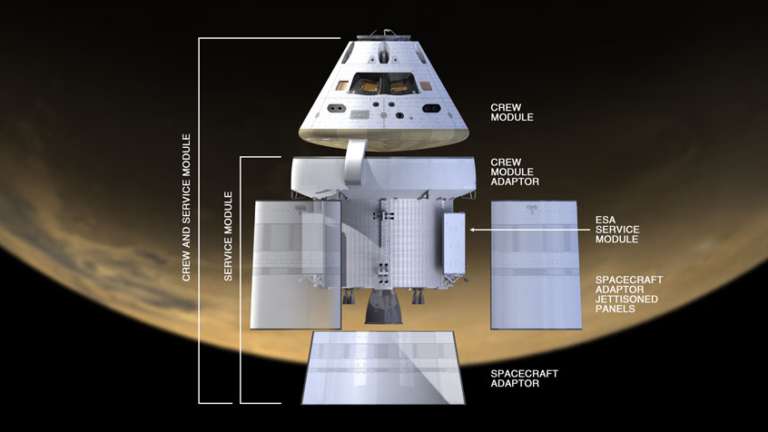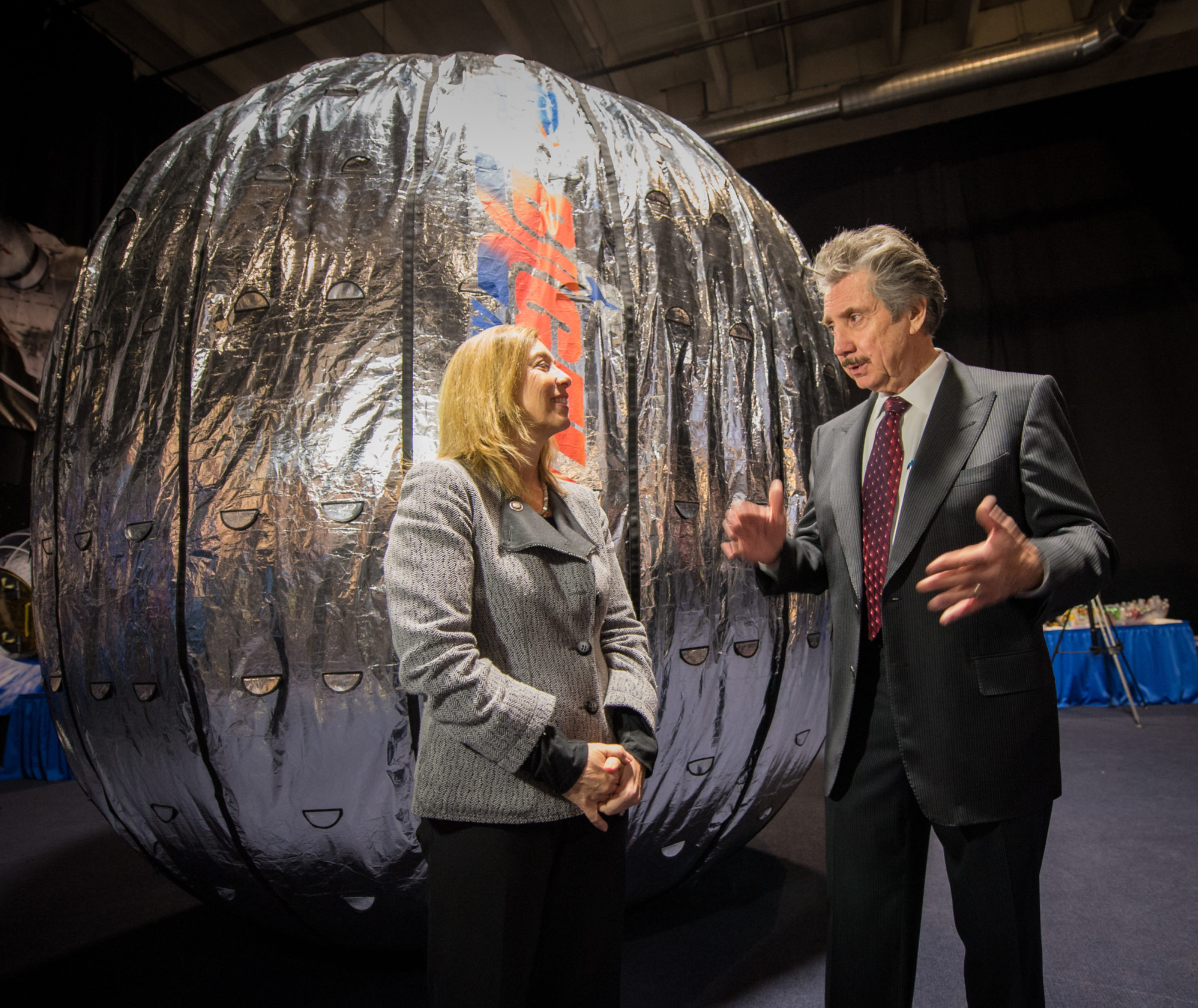Jason Davis • Jan 16, 2013
Human spaceflight update: the modules edition
NASA made Wednesday a big day for human spaceflight following the official announcements of two new partnerships with Bigelow Aerospace and the European Space Agency. We've actually known about both of these module-oriented ventures already, but today they became more official. Plus: artist concepts and videos galore!
Let's start with the ESA. In November, I reported the ESA would build a Service Module for NASA's Orion capsule based on the Automated Transfer Vehicle, which regularly ferries supplies to the International Space Station. Today, NASA signed on for that agreement, which will offset some of the ESA's required future ISS contributions.

The module will debut during Exploration Mission 1, the 2017 inaugural flight of the Space Launch System, during which an Orion capsule will take an uncrewed lap around the moon before returning safely to Earth. Once in space, Orion needs power, thermal and propulsion systems, many of which will be provided by the ESA's Service Module. Just as in the days of Apollo, the Service Module will stick with the crew capsule until the bitter end, when it is jettisoned shortly before Orion re-enters the Earth's atmosphere.

There's also a new video accompanying today's announcement. At about 1:28, you get a real sense of why the Service Module is so important -- it's the only way to get home from the moon!
It also looks like the graphics folks have changed the stock Space Launch System launch footage to a nighttime scene, which makes things seem just a bit more dramatic.
For other module news, let's turn to Bigelow, the private spaceflight company that's in the business of building inflatable space habitats. As early as next year, Bigelow hopes to begin constructing a three-module, inflatable space station that can be visited by commercial crew capsules. NASA once considered this same technology for the International Space Station, but eventually scrapped the project and sold it to Bigelow. Since then, Bigelow has quietly developed the concept, successfully sending two inflatable test modules into orbit: Genesis I in 2006, and Genesis II in 2007.
The inflatable, cylindrical modules have solid center cores with collapsible fabric walls, which allows them to be packed tightly into small rocket payload fairings for their ride to orbit. Upon arriving in space, they are pressurized, their fabric walls expanding into much larger volumes than the modules currently used on the ISS. For instance, the BA-330 module -- two of which will be used to construct Bigelow's first space station -- expands to a diameter of 22 feet (6.7 meters). Compare that to the space station's Destiny module, which has a diameter of 13.1 feet (4.2 meters).

According to Bigelow, the outer walls are tougher than conventional spacecraft hulls. They use multiple layers of tough fabrics like Vectran -- said to be tougher than Kevlar -- to protect against radiation and micrometeoroid strikes. Bigelow says the design offers superior protection over what it calls traditional "aluminum can" designs.
NASA is clearly still interested in the technology it sold off more than a decade ago. Inflatable spacecraft modules are ideal for long-duration spaceflight, and may fit well with the space agency's plans to send humans on long-duration trips beyond Earth orbit.
Wednesday's announcement sets the stage for a technology demonstration in which Bigelow will install a prototype module called BEAM -- the Bigelow Expandable Activity Module -- on the International Space Station. BEAM will arrive at the ISS via SpaceX's Dragon, riding along in the capsule's unpressurized trunk. The mission is scheduled for 2015 and will be included as part of SpaceX's eighth paid cargo run to the orbiting laboratory. Once Dragon is berthed at the station, astronauts will pluck BEAM from Dragon's trunk with the Canadarm and install it on the Tranquility node's aft port.
BEAM will stay for two years while ground technicians and astronauts monitor the prototype habitat for air leaks and structural integrity. At the end of the technology demonstration, the module will be jettisoned and sent tumbling back into the Earth's atmosphere.
Two new modules, one fiery re-entry to end each mission.
Let’s Go Beyond The Horizon
Every success in space exploration is the result of the community of space enthusiasts, like you, who believe it is important. You can help usher in the next great era of space exploration with your gift today.
Donate Today

 Explore Worlds
Explore Worlds Find Life
Find Life Defend Earth
Defend Earth

